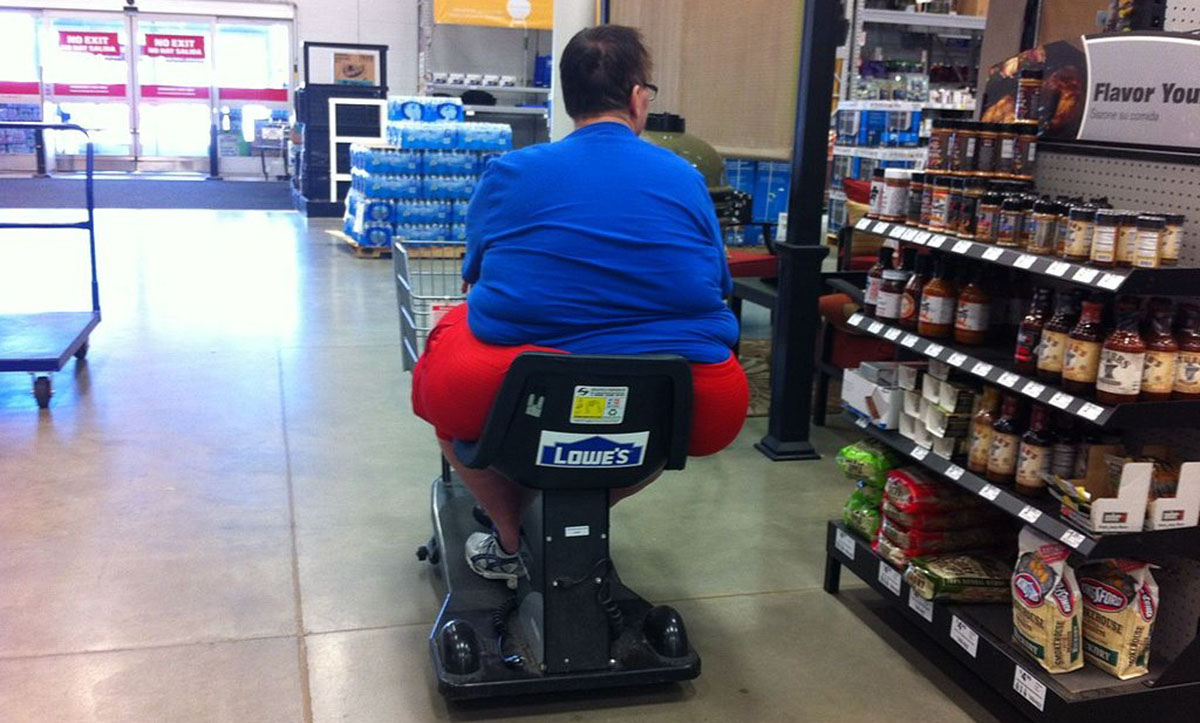Table of Contents
VBLOC has recently received positive feedback from the U.S. Food and Drug Administration advisory panel (Gastroenterology and Urology Devices Panel), which brings it closer to approval. According to majority of its members, the benefits of the new implant, which is designed to curb one's appetite by electrically stimulating the stomach nerves, outweigh its possible risks.

A study involving 200 morbidly obese participants in the US and Australia evaluated the effects of using the Maestro System versus that of a fake device for one year.
While the participants who received fake implants regained most of the weight they lost within the next six months, those who had the real Maestro device were able to sustain their weight loss. Only about 4% of those who used these implants suffered a health problem related to the device.
Many doctors often recommend bariatric surgery for severely obese patients who cannot successfully lose weight by altering their diets and lifestyles. People who are moderately obese but have medical problems related to their weight problem are also offered this option to reduce their risk of complications. However, this type of weight-loss strategy involves a more invasive method, which carries more risks than the VBLOC method. It also affects one's diet and lifestyle because it severely restricts the amount and type of foods they can eat to avoid side effects and complications, such as nutritional deficiency.
With VBLOC therapy, a device that is implanted close to the skin (subcutaneous) simply causes blocking of vagal nerve signals, which helps patients control their hunger sensations and experience early fullness with meals. What happens is that stomach contractions after food intake are slowed down, therefore preventing rapid breakdown and emptying of food from the stomach. It also results in blocking the production of digestive enzymes, thus prolonging the feeling of fullness. This helps people to eat less, but allows them to eat healthy foods without restrictions as to the type of foods they want to eat. Of course, physicians advise them about healthy eating to make the therapy work.
The minimally invasive procedure takes only about 1½ hours to perform and is considered relatively safe. However, as with other minor procedures, it may also carry some risks such as device malfunction, allergic reaction, surgical revision, and device movement. Nerve damage, injury, infection, and pain are also possible. Side effects may include heartburn, nausea, constipation, diarrhea, and depression.
See Also: The Stigma Of Obesity: Does It Make Losing Weight Harder Or Easier?
Successful Weight Loss Strategies
The diet must include nutrient-dense, but low calorie, high fiber foods such as fruits and vegetables, and less sugary and fatty foods. Physical activity must also be an important part of weight management. Being less sedentary and being more physically active reduces not only weight, but also one's risk of disease. Studies show that people who engage in regular physical activity are less likely to have diabetes, heart disease, and stroke. Finally, lifestyle modifications should include avoidance of smoking and excessive alcohol consumption, stress management, and getting more sleep. These factors have been shown to increase one's chances of maintaining a successful weight-loss strategy, so one must not depend on one mode of treatment to be a cure-all method for keeping off excess pounds.
- Medscape. Obesity Treatment & Management. http://emedicine.medscape.com/article/123702-overview
- WebMD. FDA Panel Backs Appetite-Curbing Implant for Severely Obese. http://www.webmd.com/diet/news/20140617/fda-considers-appetite-curbing-implant-for-severely-obese
- Body Contouring. VBLOC Maestro Therapy. http://bodycontouringme.com/En_Maestro_Procedure.cms
- Photo courtesy by EnteroMedics : www.enteromedics.com/newsroom/press_kit.asp
- Photo courtesy of ParentingPatch by Wikimedia Commons : commons.wikimedia.org/wiki/File:Obese_Man_in_Motorized_Cart_at_Lowe's.jpg
- medscape.com
- www.webmd.com
- bodycontouringme.com


Your thoughts on this